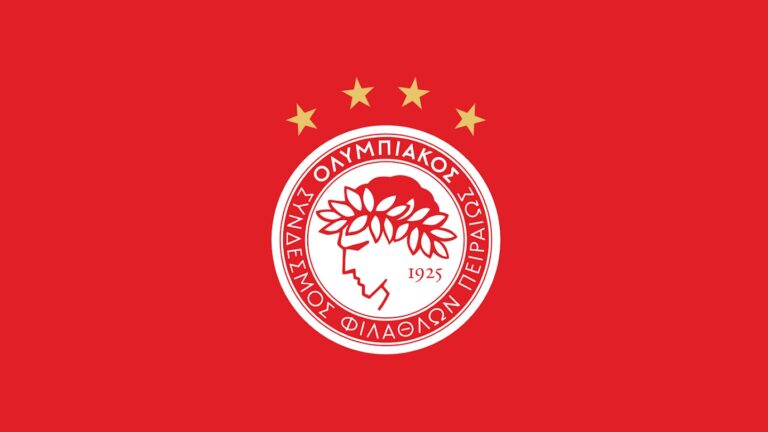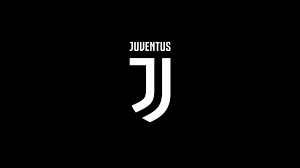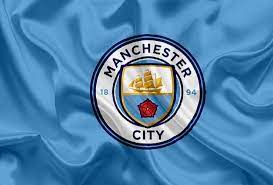
Alavés Club
The Alavés Club is a storied entity in the realm of Spanish football, known for its rich heritage, passionate fanbase, and a distinctive journey through both triumphs and tribulations. This club represents more than just a team; it is a symbol of local pride and identity in the Basque region of Spain. As we explore the Alavés Club, we’ll delve into its history, current squad, achievements, stadium, culture, rivalries, youth development, tactical style, and future prospects ww88.
History of Alavés Club
The foundation of the Alavés Club marks a significant chapter in the annals of Spanish football. Established in 1921, this club has witnessed the evolution of the sport itself, adapting to various eras while maintaining its core values.
One notable aspect of its early days was the club’s commitment to nurturing local talent. The club began its journey in regional leagues before gradually stepping up to compete at higher levels, culminating in its eventual promotion to La Liga. The road to establishing a solid identity was not without challenges; the club had to navigate through periods of financial difficulties and fluctuating performances. However, resilience became synonymous with the Alavés Club, rooting itself firmly in the fabric of Basque society.
As we chronologically trace the milestones, the club enjoyed its first major success when it reached the Copa del Rey final in 1931. Although they lost to Athletic Bilbao, this feat solidified their status as a competitive force. Through the decades, the Alavés Club oscillated between the top two divisions of Spanish football, but each struggle contributed to its mature identity, forging a unique relationship with fans who stood by them through thick and thin.
In the late 1990s, the Alavés Club experienced a renaissance that would change its destiny forever. A successful spell in the late ’90s and early 2000s led to appearances in European competitions, including the UEFA Cup. Their memorable run to the final in 2001 remains etched in the hearts of fans. Although they lost to Liverpool in a dramatic match, the team showcased an incredible fighting spirit that endeared them to supporters.
Early Years of Alavés Club
The roots of the Alavés Club trace back to its formation in 1921, driven by the desire to create a strong representation for the city of Vitoria-Gasteiz in competitive football. The initial years were spent in regional competitions, where they gradually built momentum.
During the early years, the club faced the challenge of establishing itself in a football landscape dominated by larger clubs. They managed to build a dedicated fanbase that supported their endeavors, showcasing the communal spirit of the Basque people. In those formative years, the club made strides towards professionalization, setting the stage for future developments.
Moreover, the influence of Basque culture played a pivotal role in shaping the Alavés Club. Emphasizing local pride and identity, the club became a focal point for the community, representing the aspirations and dreams of the people. This connection between the club and its supporters would become a defining characteristic of the organization.
Rise to Prominence
The evolution from a regional club to a national contender was marked by fluctuations in performance. The late 20th century saw the Alavés Club making strategic investments aimed at enhancing its competitiveness. By the time the club secured promotion to La Liga, they had already laid the groundwork for a robust infrastructure, allowing them to attract quality players and coaches.
The rise of the Alavés Club came with a sense of optimism, and their ascent to the upper echelons of Spanish football ushered in an era of rivalry with other Basque clubs. Matches against teams like Athletic Bilbao and Real Sociedad became emotionally charged encounters steeped in tradition and pride, further solidifying the club’s place in the footballing ecosystem.
Transitioning Through Challenges
With rising fame came immense pressure to sustain success. The Alavés Club faced numerous ups and downs over the subsequent years, grappling with relegation and fierce competition. Nevertheless, the club remained resilient, utilizing these setbacks as learning opportunities. Fan loyalty never waned, serving as a pillar of strength during tumultuous times.



